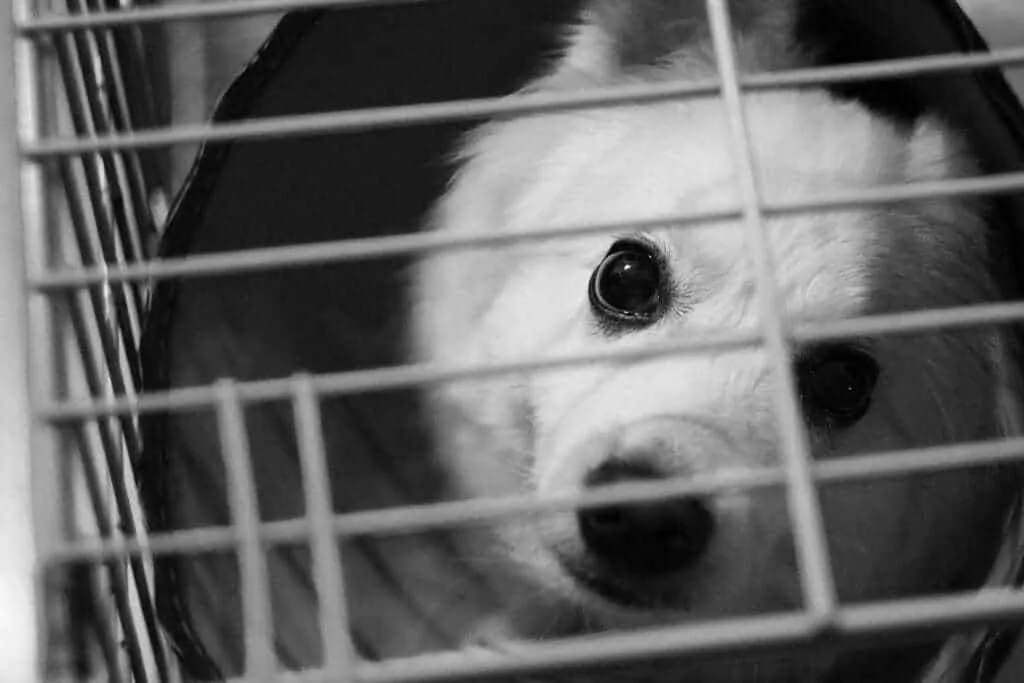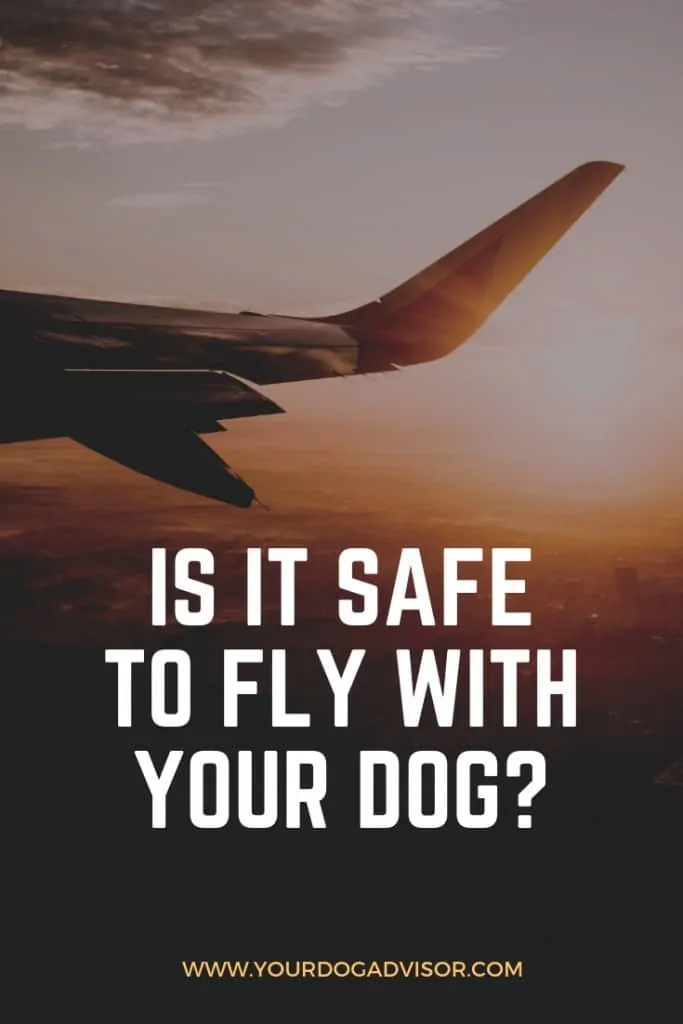My youngest pup, Fela, travels with me often. She enjoys an adventure as much as I do, especially when there’s a chance of swimming or hiking involved. When it came time to fly in the cargo hold of an airplane for the first time, I was concerned about whether flying was safe for her. Before making a final decision, I extensively researched whether it was safe to fly with your dog, and I did encounter horror stories. However, statistics show that for most dogs, flying is generally safe.
The safest place for your dog to fly is in the cabin with you so that you can monitor his or her stress levels and breathing throughout your trip. Airline rules about pets flying in cabin vary and should be researched on an individual basis.
Unfortunately, many pets do not qualify for in cabin privileges and must be kept in the cargo hold. Here I’ve compiled a list of things you need to know and consider before you make the decision of whether flying in the cargo hold is a safe choice for your dog.
Fela enjoying the sandy river bank on vacation.
Statistics on the Safety of Flying with your Pet
According to the United States Department of Transportation, there were 424,621 animals transported by airline carriers in 2018. Of these, 10 deaths and 7 injuries occurred for a rate of 0.4 incidents per 10,000 pets. This number is down by nearly 50% from 2017, when there were 40 incidents reported out of 506,994 instances of pets flying for a rate of 0.79 incidents per 10,000 pets. I was unable to find statistics for airlines based outside of the US.
While the statistics are largely reassuring, it is important to note that not all pets are equally suited to safe flying. There are some easily identifiable risk factors that should be taken into consideration.
Man traveling with dog.
Risk Factors to Consider Before Flying with your Dog
- Climate: Many people believe that the cargo holds where dogs are kept during flights are not temperature controlled during flights and that is why some airlines have restrictions on which climate conditions they allow pets to fly in. This is not entirely true.
The real concern is for the dogs’ safety while they are in the hold before takeoff and after landing, when temperature control measures are not engaged, especially with the possibility of lengthy delays.
Solution: To keep your dog safe, avoid flying during periods of extremely high or low temperatures and try to find an airline that loads pets last and unloads the pets first upon arrival. Some airlines, like United, offer temperature-controlled holding areas for pets waiting to be boarded or claimed after landing.
- Pre-existing heart and respiratory conditions: The most common causes of death of dogs during flights are related to heart and respiratory problems. Brachycephalic dogs, those with short snouts, are at an inherently greater risk for respiratory problems.
Solution: It is very important that you take your dog in for a vet check before your trip to make sure that they are healthy enough to fly. Owners of brachycephalic dogs should carefully weigh the risks and consider other transportation options for their pet.
- Anxious and destructive dogs: Most of the injuries to pets while flying in 2018 were self-inflicted or caused by the dog attempting to escape from its carrier. If your dog experiences separation anxiety, becomes very nervous when exposed to strangers, other pets, or loud noises, or if your dog is sometimes destructive when put in a carrier, then you should take that into account before flying with them.
Solution: The American Veterinary Medical Association has issued statements strongly discouraging the sedation of dogs for air travel since sedation can increase the risk of heart and respiratory problems. However, some dogs may benefit from the use of anxiety medication. This should be discussed and prescribed by your veterinarian.
To help your pet remain relaxed and calm during the flight, crate train your dog well in advance. If airline regulations allow, put a favorite toy or blanket in the carrier with them. Feed your dog about four hours before check-in, and make sure that you give your pet an opportunity to potty right before checking in.
Crate training can be a great way to keep your dog from becoming overly stressed while flying.
Other Tips for Safely Flying with your Dog:
- Avoid flights with layovers, especially lengthy ones or layovers in extreme climates.
- Choose a carrier that is the correct size, airline-approved, sturdy, and well-ventilated.. Carriers should be labeled with your pet’s name and your contact information.
- Make sure your pet is wearing identification tags with up to date contact information, in case of escape.
- Check for signs of stress or injury as soon as you are reunited and seek veterinary attention if there’s reason for concern.
- Research airline carriers to find an airline with a good safety record. These US airlines reported incidents in 2018:
Alaska Airlines: 0 deaths, 1 injury, for a total incident rate of 0.07 per 10,000
SkyWest Airlines: 0 deaths, 1 injury, for a total incident rate of 0.31 per 10,000
American Airlines: 1 death, 1 injury, for a total incident rate of 0.33 per 10,000
United Airlines: 2 deaths, 1 injury, for a total incident rate of 0.68 per 10,000
Delta Airlines: 4 deaths, 3 injuries, for a total incident rate of 0.93 per 10,000
Hawaiian Airlines: 3 deaths, 0 injuries, for a total incident rate of 3.16 per 10,000
My pup, Fela, on a kayaking trip.
Traveling with your dog can be great fun for all involved, but there are risks when it comes to flying. Ultimately, you know your pet’s needs and temperament best and are most qualified to make the decision about whether it is safe to fly with your dog. However you choose to travel with your pup, I wish you a fun, safe trip with loads of adventure!





